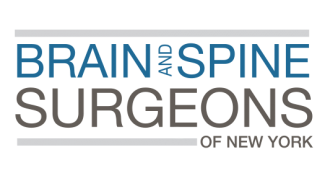
Herniated Discs

Herniated discs refer to a problem with one of the rubbery disks or “jelly-like” cushions between the vertebrae or bones that stack to comprise the spine. Also known as a ruptured or slipped disc, disc herniation occurs when the interior “jelly” of the disc pushes through the tougher exterior and irritates nearby nerves.
Herniated discs can cause pain ranging from mild discomfort to debilitating pain. Two of the most common types of herniated discs include:
- Lumbar Herniated Discs occur between the six vertebrae in the lower back.
- Cervical Herniated Discs occur between the vertebrae of the neck.
Symptoms
Symptoms of a herniated disc depend on where the disc is located and whether it is pressing on a nerve.
- Sharp, shooting, or burning pain:
- Lumbar spine (lower back) – Pain will be located in the buttocks, thigh, and calf.
- Cervical spine (neck) – Pain will be in the shoulder and arm.
- Numbness or tingling in the body part affected by the herniated disc.
- Weakness in your arms or legs.
You can have a herniated disk without symptoms. You might not know you have it unless it shows up on a spinal image.
Treatment
Non-Surgical Treatments
At the onset of the condition, the most common treatment includes a regimen of cold/heat therapy and medications, such as:
- Steroidal anti-inflammatory medicines to reduce swelling
- Non-steroidal anti-inflammatory drugs (NSAIDs) to treat mild to moderate pain.
- Muscle relaxants to calm the spasms
- Pain medicines to alleviate acute pain
Your physician may also suggest physical therapy, such as neck traction, stretching, and gentle massage to increase flexibility and decrease pain. After approximately four to six weeks of treatment, most patients experience alleviated symptoms.
Surgical Treatments
If spinal cord compression is suspected due to a herniated disc in the neck or if non-surgical treatments do not relieve the symptoms, spine surgery may be indicated. This procedure can be performed through the front of the neck (anterior discectomy) or from the back of the neck (laminectomy/laminotomy). The type of procedure will depend on several factors which your spine surgeon will discuss with you. Sometimes a fusion will be indicated while at times an arthroplasty (artificial disc) may be a good option.
If the herniation occurs in the lumbar spine and surgery is indicated, a minimally invasive approach in which only the extruded piece of the disc is removed may be the procedure of choice. In some cases, complete removal of the disc with a fusion may be the best option while sometimes replacing the disc with an artificial disc is a reasonable choice.









